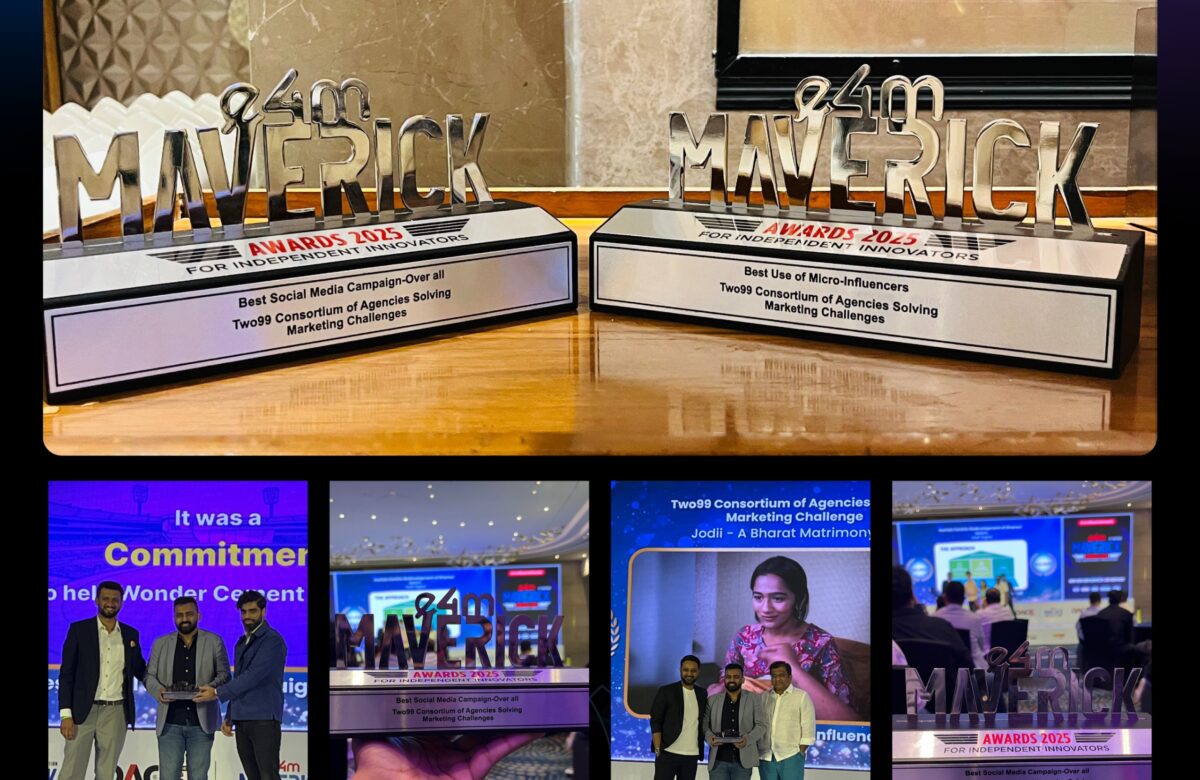Artificial intelligence is shaping the modern digital economy, and among its most impactful innovations is ChatGPT, a conversational AI model developed by OpenAI. From marketing to education to software development, it is being integrated into daily workflows to increase efficiency and spark innovation.
How Has ChatGPT Risen to Global Adoption So Quickly?
When OpenAI launched ChatGPT in late 2022, it gained over one million users in just five days. UBS later reported that by 2023, it had become the fastest-growing consumer application in history, crossing 180 million users.
This extraordinary growth is linked to its ability to generate human-like text, simplify complex tasks, and serve as a virtual assistant for professionals and individuals alike. Built on large language models (LLMs), ChatGPT draws on vast datasets to generate responses that are contextually relevant and coherent, making it a game-changing tool for knowledge work.
What Are the Main Advantages of ChatGPT?
Here are the main advantages of leveraging ChatGPT:
Productivity Gains
ChatGPT allows professionals to save time on repetitive or labor-intensive writing and research. It drafts emails, summarizes reports, generates blog posts, and even produces code snippets. According to a study, generative AI could contribute $2.6 trillion to $4.4 trillion annually to the global economy, with language models like ChatGPT driving much of this impact.
Cost Efficiency
Organizations traditionally spend heavily on content production, research, and customer support. ChatGPT offers a scalable solution at a fraction of the cost, making it especially useful for startups and small businesses that need to manage limited resources while maintaining quality.
Global Communication Support
Multilingual support makes ChatGPT a valuable tool for international businesses. It can produce content in English, Spanish, French, German, and many other languages, helping teams localize marketing campaigns and customer communication without requiring separate translators.
Versatility Across Industries
Its adaptability is one of its strongest attributes.
- Marketers use it for keyword research, campaign planning, and ad copy creation.
- Developers rely on it for debugging, documentation, and syntax explanations.
- Educators employ it for lesson planning, tutoring support, and content summarization.
Insights From Structured Data
While it cannot access live web data directly, ChatGPT can analyze historical or user-provided data, structure complex information, and generate insights. For example, it can perform sentiment analysis on customer reviews or help create market research surveys. This makes it a valuable tool for strategic planning.
What Limitations Should Users Keep in Mind?
Lack of Real-Time Knowledge
ChatGPT is trained on pre-existing datasets with a fixed cut-off date. It cannot inherently access or verify real-time information. This makes it less reliable for scenarios where up-to-the-minute accuracy is required, such as financial markets or breaking news.
Risk of Factual Inaccuracies
One of the most discussed limitations is hallucination, where the AI generates information that appears correct but is factually inaccurate. This emphasizes the need for users to fact-check and validate all outputs before relying on them in critical contexts.
Ethical and Bias Concerns
Because it learns from large-scale internet data, ChatGPT can sometimes reproduce biases present in those datasets. While continuous improvements are being made, businesses must apply oversight to ensure outputs align with ethical standards and inclusivity principles.
Limited Contextual Depth
ChatGPT simulates conversation but does not genuinely “understand” in the human sense. Its responses depend heavily on how a prompt is phrased. Poorly structured inputs can produce vague or irrelevant outputs, making prompt engineering an important skill for maximizing results.
Reliance on Human Oversight
Although ChatGPT can generate code, marketing copy, or social media posts, humans must still review and implement the outputs. For example, developers need to test generated code for security and functionality, while marketers must ensure AI-generated content aligns with brand identity.
How Can Businesses Balance the Advantages and Limitations?
The most successful applications of ChatGPT come from viewing it as an assistant rather than a replacement. Teams can leverage its productivity and cost benefits while applying human oversight to ensure accuracy, creativity, and brand alignment.
Practical examples include:
- Content teams use ChatGPT to generate drafts and then refine them.
- Developers use AI-generated snippets as starting points before rigorous testing.
- Marketers are brainstorming with ChatGPT to generate campaign ideas, followed by human review.
This balance allows businesses to unlock value while minimizing risks.
What Does the Future Hold for ChatGPT?
With the release of GPT-4 and continuous advancements in fine-tuning and plugin integrations, ChatGPT is evolving into an even more precise and capable tool. Gartner predicts that by 2026, 80% of enterprises will be using generative AI APIs or AI-enabled applications in their operations.
As capabilities grow, governance and ethical frameworks will be key to ensuring responsible use. Companies that prioritize transparency, accountability, and quality control will be better positioned to build trust and gain a competitive advantage.
Is ChatGPT the Future of Human-AI Collaboration?
ChatGPT demonstrates the potential of AI to reshape productivity, creativity, and global communication. Its advantages—ranging from efficiency and cost savings to multilingual versatility—make it an indispensable tool for modern businesses. While limitations exist, they are best understood as manageable challenges rather than barriers.
The real question is not whether ChatGPT will continue to be used, but how organizations and individuals will shape their strategies to make the most of this transformative technology.




